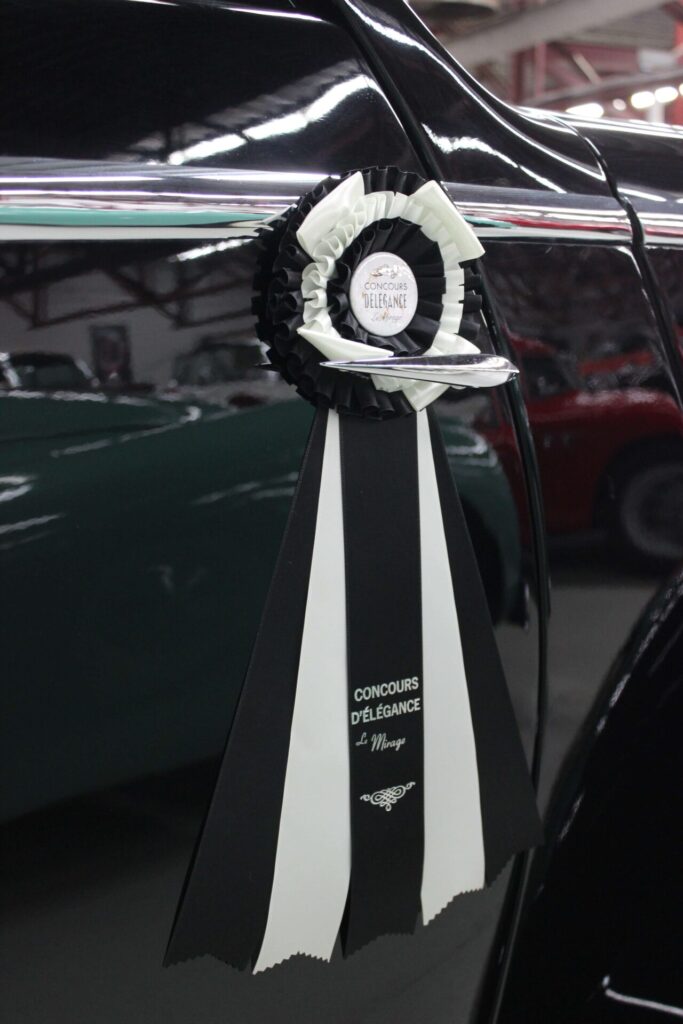The Automotive Dream “One man and his dream had not simply left the world with an engine and four wheels; Henry Ford and his Model T had influenced people's everyday lives - where they lived, how they spent their leisure time, even how they viewed themselves.” - Gary...
Concours d’Élégance
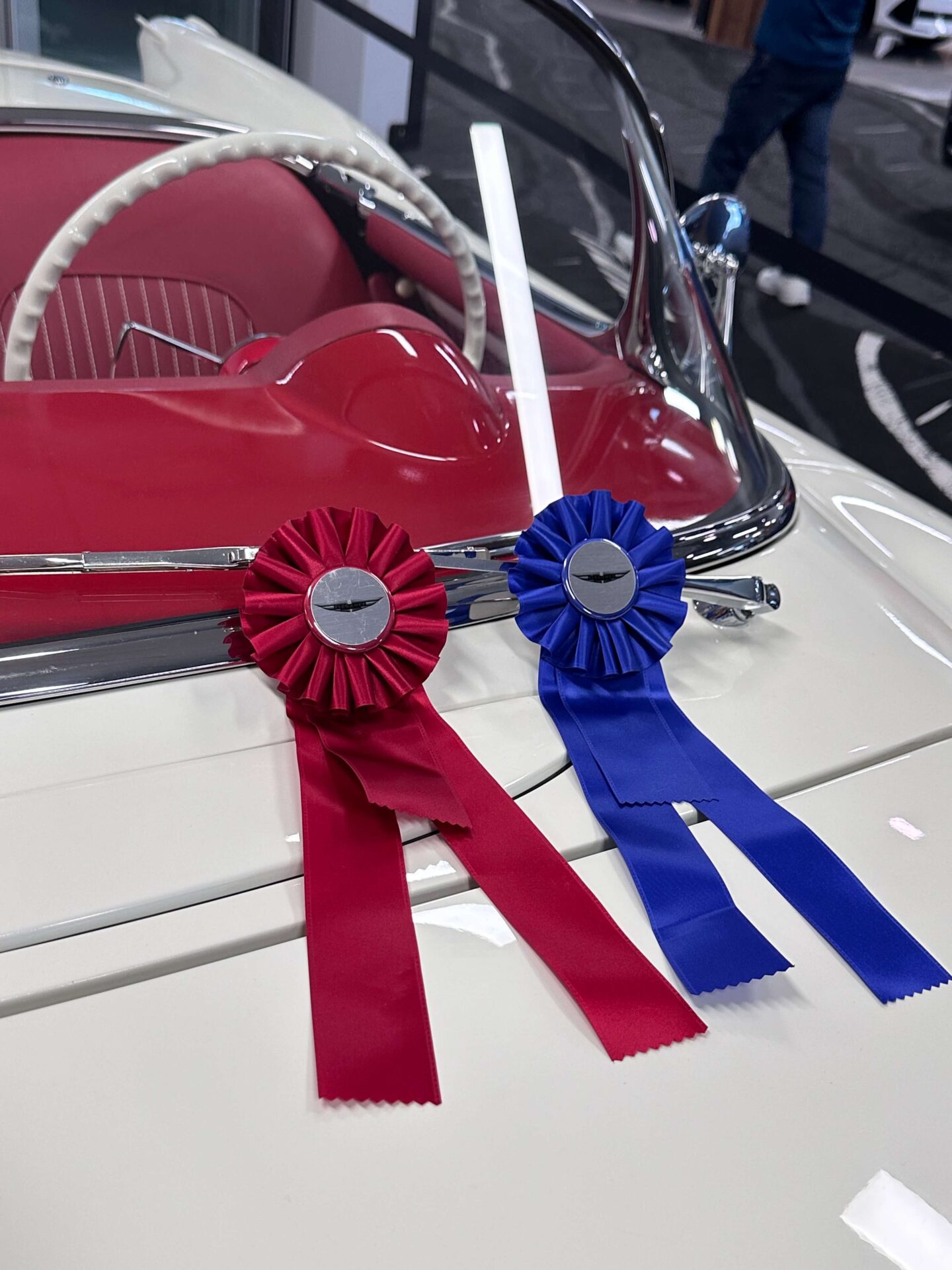
Recent posts
Lagonda 16/80 Special Six 1933
English Touring The car we present to you this week is the Lagonda 16/80 Special Six in the Demers Car Collection. Lagonda was a luxury British car brand that Aston Martin eventually absorbed. Through its association with Aston Martin, it is sometimes hard to remember...
An Introduction to Lagonda
Before Aston Martin “The history of Lagonda cars is synonymous with sophistication, opulence, and groundbreaking performance” - An article for Discovery UK Today, we may recognize the name Lagonda from its association with Aston Martin. Before these two brands...
Cadillac Model A 1903
The Standard of the World “No other American car on the market in the first decade of the century was constructed to higher standards than Cadillac.” - Stephen W. Sears in The Automobile in America Some of you may know that Cadillac has long had the slogan “Standard...
A Brief History
“By celebrating the timeless beauty and elegance of classic automobiles, future generations can continue to admire and appreciate the artistry of the past.” – Car Guy in Leland West
Part of classic car culture is the Concours d’Élégance or Elegance Contest. These events are rich in history and tradition and are often a favorite for classic car lovers. Tired of the monotony and predictability of modern cars, Concours goers rejoice in the nostalgia of the intriguing lines and daring designs of cars of yesteryears. To someone new to the hobby though, these gatherings can seem intimidating or passé. This article will help define what is a Concours d’Élégance, how their tradition started and in what form they still take place today.
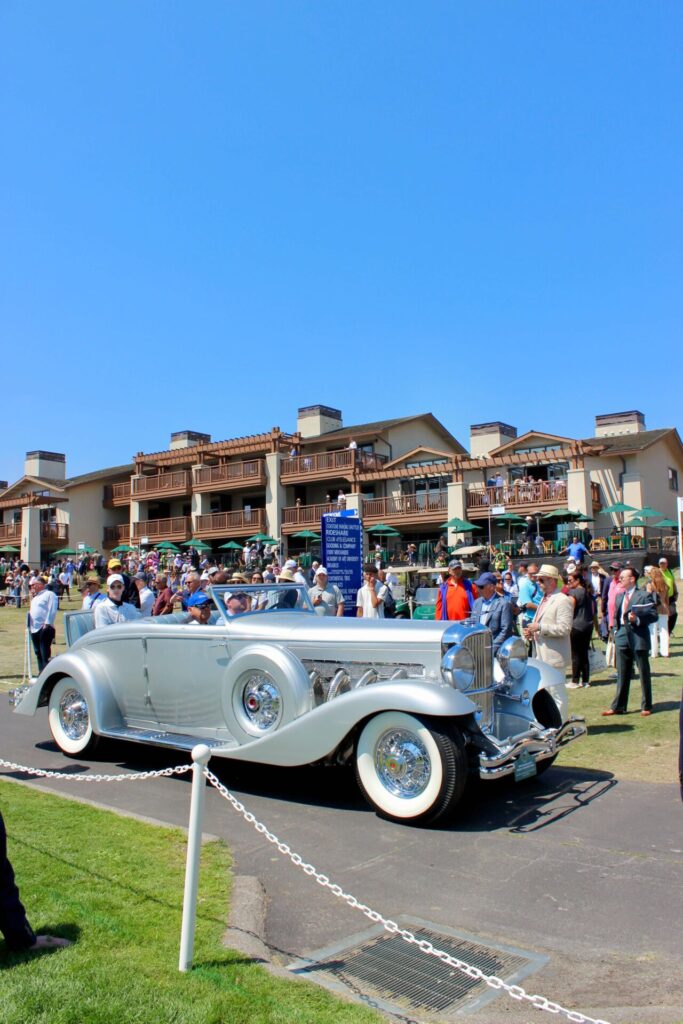
Dictionary Definition
First of all, what exactly is a “Concours d’Élégance?” Is it a French word that means “competition of elegance.” The Oxford English Dictionary defines it as “a parade of vehicles in which the entrants are judged according to the elegance of their appearance.” The way I explain it to my non-classic-car-loving friends is that it is like a beauty pageant, but for cars!
At a Concours d’Élégance, cars are judged in various categories, which are called classes, and according to different criterion. Some contests judge cars solely on looks. Others use the absolute authenticity of every single part of as another possible criteria of evaluation. Different events are also more or less big and more or less strict. Great Concours like the monumental Pebble Beach Concours and the super exclusive Concorso d’Eleganza Villa d’Este are well-established and internationally renowned events. Other other local Concours are smaller in scale and more accessible. Generally speaking, prizes are awarded to the best car in each class. Plus, one beauty queen is crowned “Best of Show,” a pretty self-explanatory title.
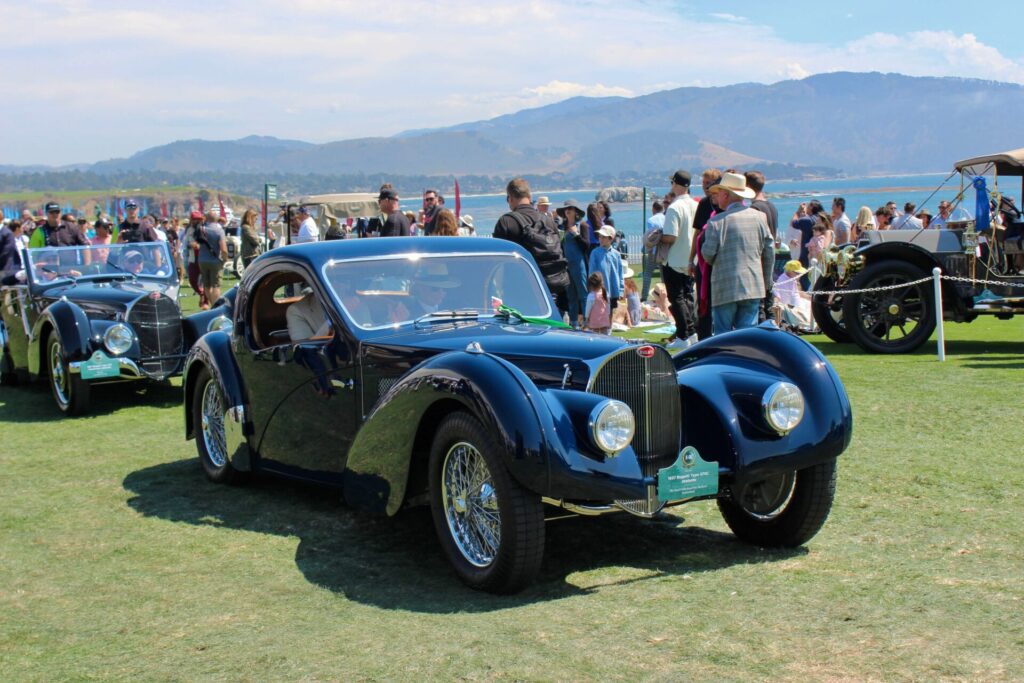
The Origin of the Concours d’Élégance
“It originated as a parade of horse-drawn carriages, showcasing the excessive wealth of the aristocracy.” – Car Guy in Leland West
Records suggest that the word “Concours d’Élégance” was first used as part of the English language in 1950. Incidentally, 1950 is also the first year that the Pebble Beach Concours d’Elegance was held in Monterey, California. However, the tradition of hosting events in which cars are judged on their looks and overall presentation dates further back.
The French word dates back to the 1600s when the Parisian aristocracy organized horse-carriage parades to showcase how ostentatious said carriages could be. As the automobile replaced the horse-drawn carriage, the tradition continued among the wealthy who now competed by showing off their expensive cars.
In the 1920s, as the shift from horse to motorcar became permanent, high-end car makers sold cars in chassis form. The buyer would then have to turn to a coachbuilder to design a body for their car. Many coachbuilders previously made a name for themselves by making carriages for horses. With the shift to the automobile, the were now competing to make elegant cars for their wealthy clients. France played a leading role in this part of automobile history. Coachbuilders like Letourneur et Marchand, Figoni et Falaschi and Saoutchik dressed cars from brands like Bugatti, Delage, Delahaye and Hispano-Suiza. To this day, these are important, respected names at Elegance Contests.
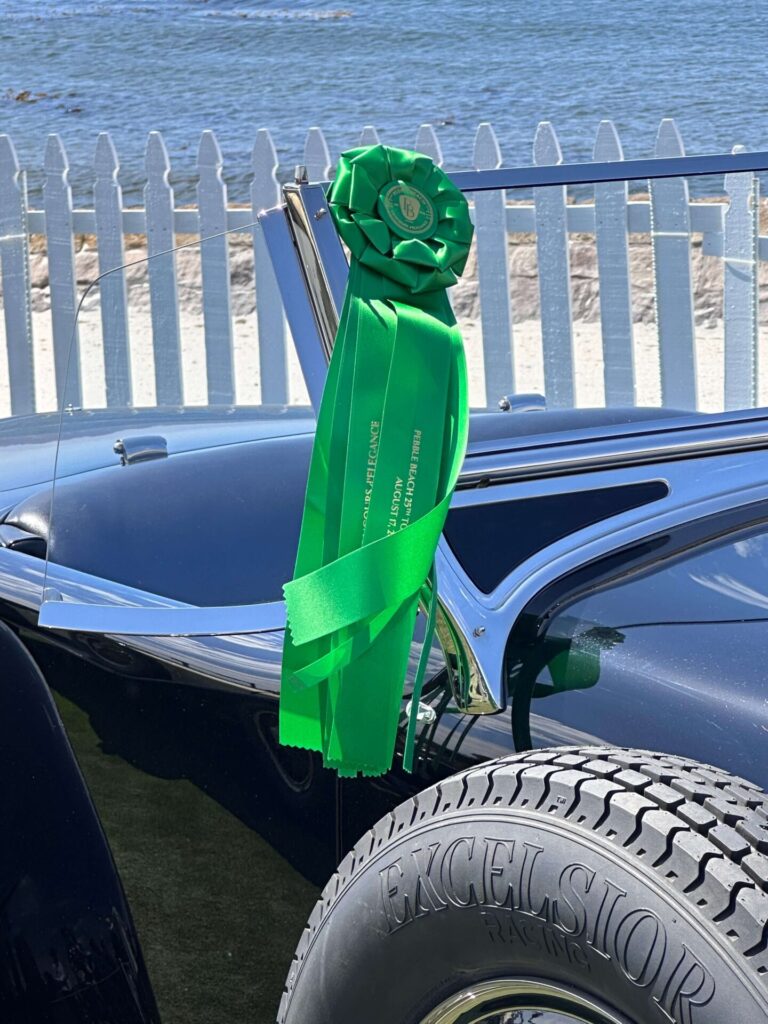
The Rise of the Concours d’Élégance
Elegance Contests weren’t only a French affair though, the fashion caught on internationally. It is said that the Concorso d’Eleganza Villa d’Este, held on the prestigious shores of Lake Como in Italy, is the oldest Concours d’Élégance still being held today. It was first held in 1929 as the “Coppa d’Oro Villa d’Este.”
From the beginning, elegance was always the true guiding principle of such events. From the cars that were presented, to the way people dressed to attend these events, to the fabulous setting in which they were set, Elegance Contests were full of, well, “elegance.”
Other things that you were likely to find in such an event were purebred dogs, art, and high-end liquor. Fashion designers, coach builders and car makers worked together in a feat of creativity to dress participants of a Concours d’Élégance. When Elegance Contests emerged in France, juries were often made of a mix of car connoisseurs and fashion designers! Picturesque locations, often in resort towns, were chosen as the setting of these events. Every single aspect of such an event can leave you in awe.
In early contests, vintage cars as well as contemporary production cars competed on their looks. These were occasions to showcase the best of what was available on the market. Car makers used these events to launch their newest models. At current Elegance Contests, the best of vintage cars mingle with a selection of new cars presented by dealers or automakers. The famous “Concept Lawn” is a popular attraction at the Pebble Beach Concours which features about a dozen concept cars every year.
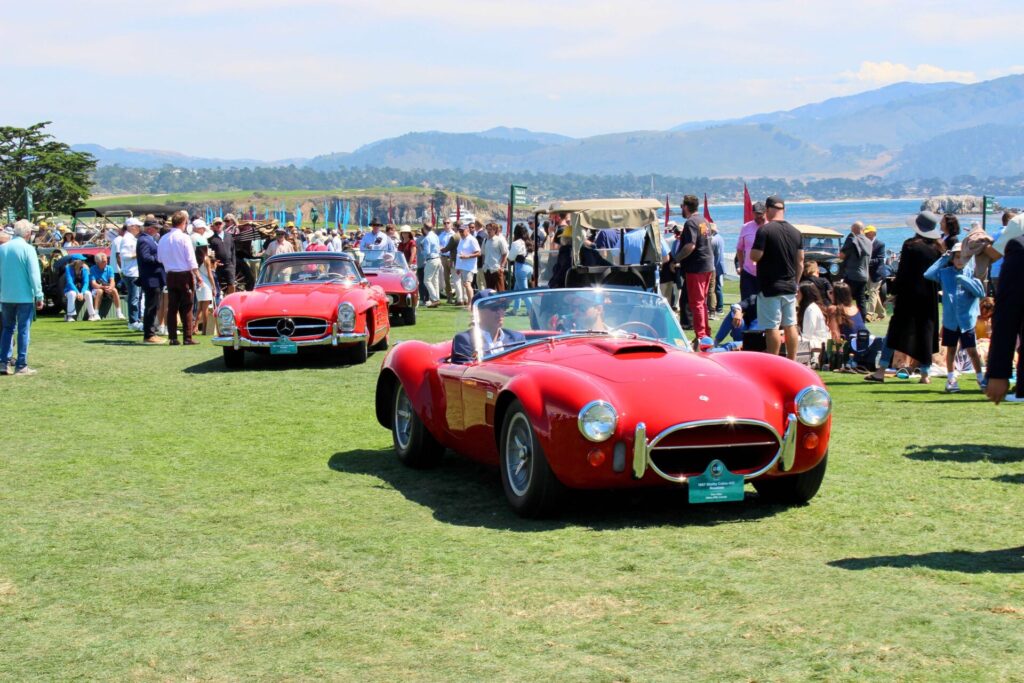
Are They Still Taking Place Today?
The interest in Elegance Contests waxed and waned throughout the decades until the end of World War II. After the war, it is said that the world was hungry for luxury again. So, the interest in these types of events gradually resurged. It was in this period that the Pebble Beach Concours d’Élégance was established. Today, it is arguably the international car event that still holds the most impact in the classic car lover community. Elegance Contests of this period played an important role in the resurgence of interest in classic cars. They peaked the interest of new classic car enthusiasts, fuelled the hobby and inflated collectible car prices.
By the beginning of the 2000s, events like the Pebble Beach Concours d’Elegance and the Concorso Eleganza Villa d’Este attracted the wealthiest car enthusiasts every year. As other events began to take place around those events, more and more luxury brands of all sorts became involved. Concours d’Élégance today still cater to the elites of this world. Although some recent cars are always present, the purpose of Elegance Contests is not the same today as it was at their origin. Today, new car designs are presented almost as a backdrop to the classics, which are painstakingly restored to impeccable conditions.
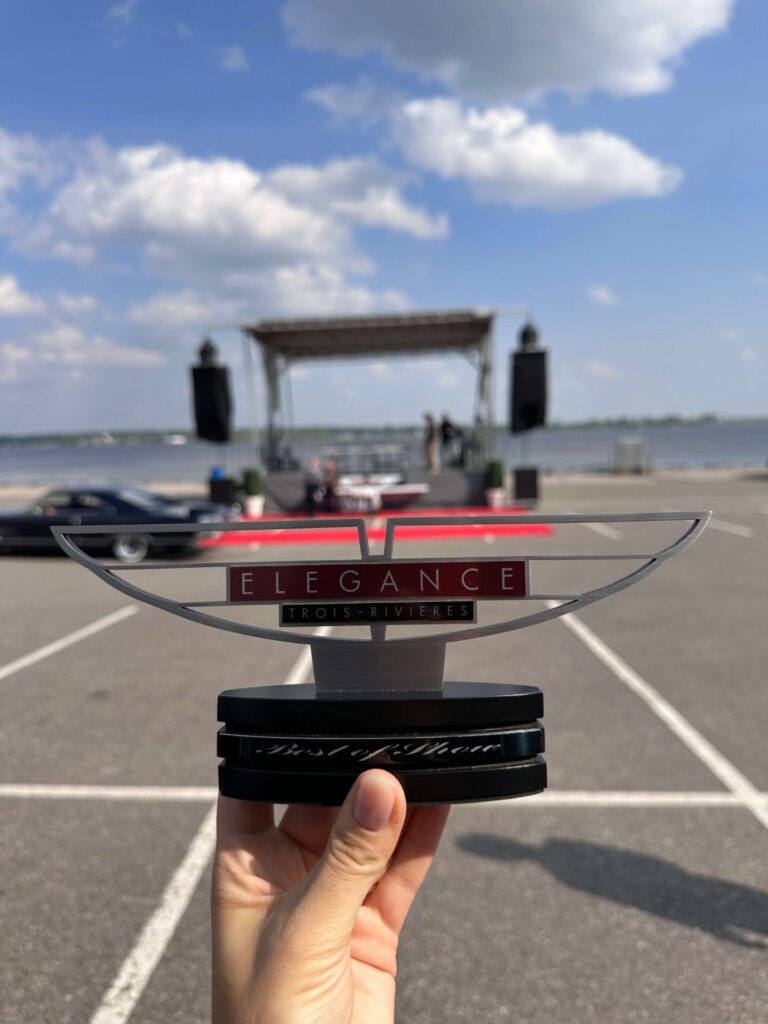
The New Generation
Large events like the ones I have discussed in this article are not the only Concours d’Élégance still held today. Smaller, local events can be found all over the world. Old and new traditions mingle and keep the love of truly magnificent cars alive. New traditions can be set. A recent trend in the field is to try to make them more accessible to a wider, more diverse public. For example, the Élégance Trois-Rivières concours will be held for its third year in Trois-Rivières, Canada, in the summer of 2024. Through this event, its founders look to create a community of classic car enthusiasts in their hometown. Everyone is welcomed at the Élégance Trois-Rivières concours. Unlike the elitist origins of the Concours d’Élégance, and the often prohibitive price of entry tickets to today’s larger events, Élégance Trois-Rivières remains widely accessible.
Another example of how local Concours d’Élégance can be innovative while preserving tradition is the Northville Concours d’Élégance which aspires to inspire “the next generation of automobile enthusiasts.” While traditional Concours can seem stuffy and unappealing to young people, the Northville Concours judges, organizers and participants are all young people. New cohorts often bring a fresh perspective to any field. The world of Elegance Contests should benefit from their influence as well.
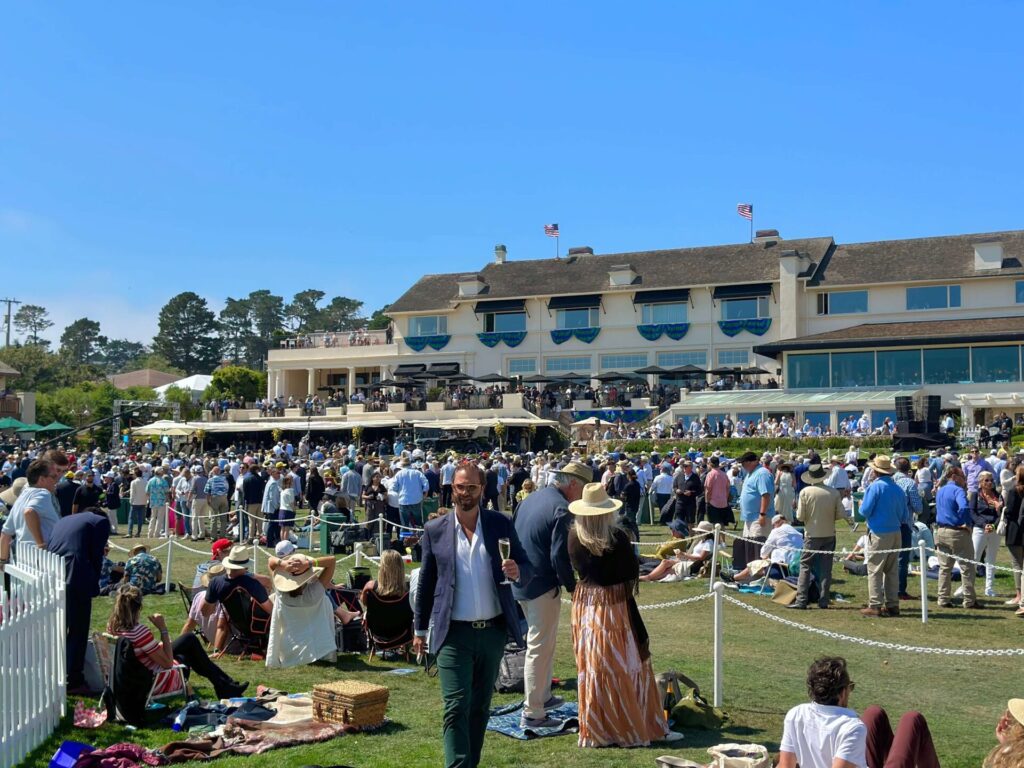
What Now
If you are a die-hard classic car enthusiast, the Pebble Beach Concours might be your Mecca and that is fine. But if you are a classic car-curious, like a large part of the North-American population is believed to be, going to a local Concours might be a perfect summer outing for you. In the summer of 2024, the Demers Car Collection will be present at the concours Élégance Trois-Rivières on June 15th and 16th. This also happens to be Father’s Day weekend in Canada. As mentioned earlier, it is an accessible event and all are welcome to join!
Don’t miss next week’s blog in which we will discuss the 1938 Horch 853 in the Demers Car Collection.
